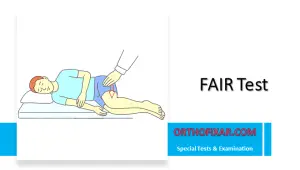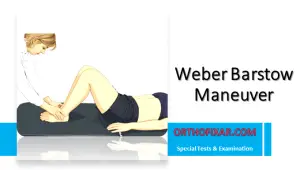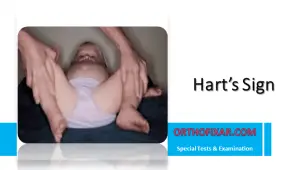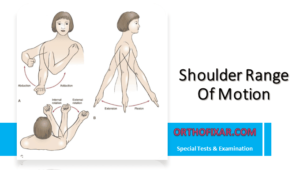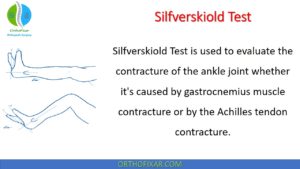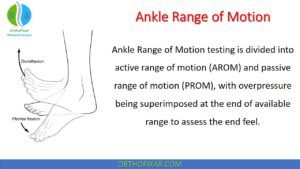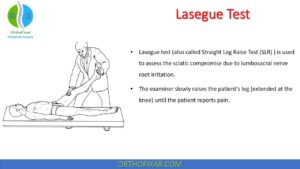Reading Fracture Patterns in Elderly Falls
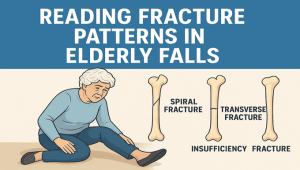
Falls aren’t exactly rare accidents in nursing homes and hospital wards, and you don’t even have to look closely to notice them. They happen all the time and, for older adults, even a small tumble can be very problematic. Sometimes, they’re lucky and get away with a bruise and a sore hip, other times, the bone snaps. Every broken bone has a story to tell.
In this article, you will learn how to read fracture patterns in elderly falls, from spiral to transverse and insufficiency fractures.
A twist of the leg? It can spiral a bone apart like a candy cane. A sudden blow? That could mean a cut straight across the shaft. And when the bones are fragile to begin with, they can give way under the weight that never should have broken them at all.
3 Common Types of Fractures Seen After Elder Falls
Not every fall causes the same kind of fracture injury, so let’s go over three types that are especially common in falls.
- Spiral Fractures
A spiral fracture is the result of a twisting force running through a bone.
Imagine a foot being caught under a rug or your hand stuck while the rest of your body is still moving. Instead of snapping, the bone spirals apart, almost like pulling a corkscrew through wood.
In older adults, you can often see spiral fractures in long bones like the tibia and humerus. The thing that makes them stand out is that they don’t happen from a basic straight fall; they show that the body twisted or rotated in the process.
- Transverse Fractures
These fractures cut clean across the bone at a right angle.
They usually happen when the bone hits a hard surface with a sudden, direct impact. Think of a shin slamming against the edge of a bed frame, and you’ll get the picture. Transverse fractures look like a single line slicing through the bone.
For older adults, you’ll often see them in the femur or forearm, and they usually point to the fact that the fall involved a sharp, abrupt stop, not a rolling or twisting motion.
- Insufficiency Fractures
These are unique because they can happen with very little trauma.
They often happen as a result of bones that have been weakened over time (usually by osteoporosis). In cases of insufficiency fractures, the bone doesn’t need a heavy blow or a dramatic fall. The pelvis, sacrum, and vertebrae are the most common points when it comes to these types of fractures, plus they can be tricky to recognize because the symptoms may look similar to aches or back pain, which are very common in older people.
If any such fractures happen in residential care, it’s important to document them and, of course, investigate.
Cases of broken bones in nursing homes should never go unrecorded because doctors and families need to know where the fracture came from.
What Influences the Way Bones Break?
The fall itself isn’t all there is to think about.
Osteoporosis (and similar conditions) can turn even the smallest and insignificant stumble into a massive fracture. And osteoporosis isn’t uncommon in older people.
So we have health/body conditions to think about. But another thing that directs fractures is the direction of the fall.
Here’s an example – if you land sideways, you’re more likely to suffer a hip fracture, while if you fall forward, you’ll usually end up with a broken arm/wrist.
If your health isn’t at 100% not only will you have weaker bones, but you’ll also recover more slowly if you do end up with an injury.
If you’re using medication, this could further decrease your chances of avoiding fractures. This is because of two reasons: sedatives could affect your balance, which could result in your falling, and using steroids has been linked with thinner bones if long-term exposure is in effect.
When it comes to older people, you might not be surprised if they end up with a fracture, but some investigation is still required. For instance, if you see a nursing home resident – one that barely gets up, or moves – ends up with a fracture, it’s natural to have question marks over your head. It’s definitely a red flag.
Other situations that might be thought of as ‘red flags’ would be when the story told doesn’t match what the X-rays and MRIs tell. If there’s a discrepancy, there’s motive to investigate and confirm what ACTUALLY happened so that we can rule out probable cause.
Conclusion
Accidents happen, and broken bones sometimes are the end result of those accidents. And while accidents happen, there could also be other reasons behind those fractures. And until you investigate, you won’t know.
Does the injury match the tale that’s being told?
Fracture patterns are early warning signs, and they’re not something to be ignored. Sometimes it’s fragile bones, sure, but other times?
It could be an issue with safety and care within the facility.
- Lifetime product updates
- Install on one device
- Lifetime product support
App Features:
- Lifetime product updates
- Install on one device
- Lifetime product support
App Features:
- Lifetime product updates
- Install on one device
- Lifetime product support
App Features:
- Lifetime product updates
- Install on one device
- Lifetime product support


